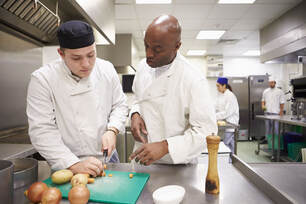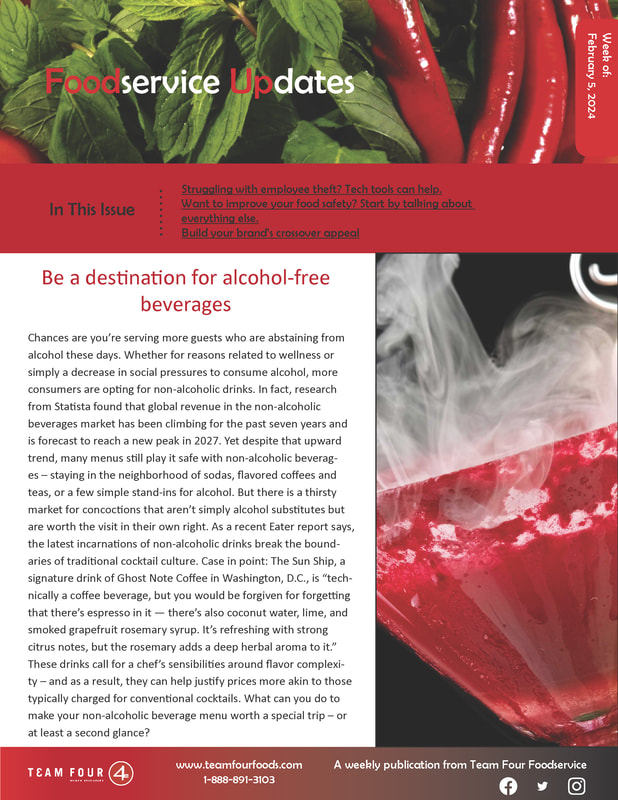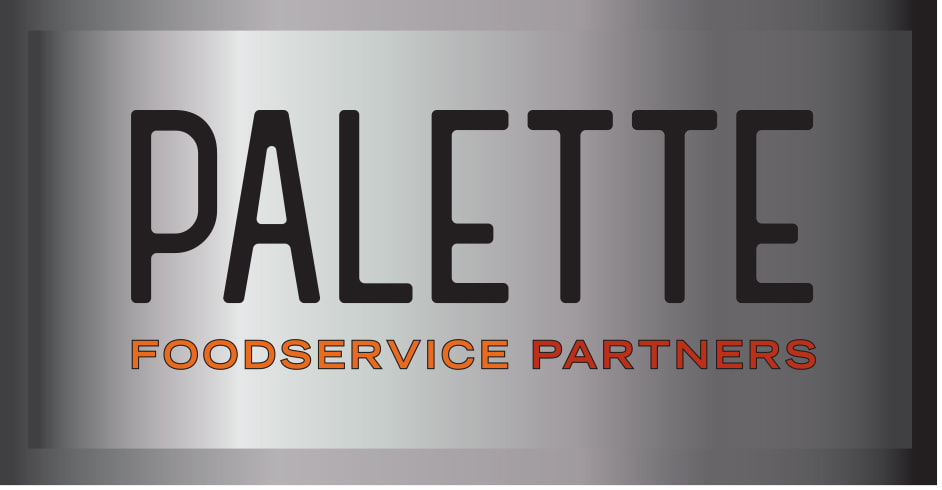 Injuries involving slips, trips and falls are common in restaurants – and they can result in lost productivity as well as fines and other significant expenses. Wet or greasy floors that aren’t cleaned up promptly, wet weather conditions and poor lighting can elevate the risks around your restaurant. Before winter weather sets in, it’s a good time to walk through your facility and identify areas that may pose risks. Check for sufficient lighting in walkways, areas of uneven flooring or poor traction, and obstacles or tripping hazards in high-traffic areas inside and out.  As the holiday season draws bigger crowds to restaurants, the energy in restaurant kitchens can become more frenetic and you need your team to be in top form. It may be a good time to ensure your staff has a good handle on using kitchen tools safely. Knives, slicers and other machinery with sharp blades pose hazards, especially if your staff is new, inexperienced and feels pressure to prepare food quickly. Your training should ensure that your staff knows how to keep kitchen tools in good condition, which tools to use for various tasks, how to handle and operate them correctly, and how to clean them safely.  In a recent webinar about the return on investment of food safety programs, leaders from Steritech shared some telling research from the USDA. The research emphasized how important it is to not only have a strong food safety program, but also to combine it with managers who can discuss it knowledgeably. Specifically, it found that quick-service restaurants that lacked this combination generated 4.7 high-risk violations on average per inspection, compared to 1.7 violations for those that had a strong program and knowledgeable managers. Making this connection turned out to be a strong predictor of food safety success in these restaurants. If your food safety is lagging in certain areas, could it help to connect the dots between your program and the managers in charge of overseeing it?  Approximately 48 million people in the U.S. – roughly one in six people – get sick, 128,000 are hospitalized, and 3,000 die each year from foodborne diseases, according to the Centers for Disease Control and Prevention. The financial impact following a single foodborne illness outbreak associated with a restaurant can run into the millions of dollars, not to mention the threats it poses to people’s lives. While these outbreaks are a significant problem, the good news is that they are largely preventable. As seasonal illnesses ramp up, do you feel your staff is focusing in the correct areas to limit the spread of infection? Prioritize the targets with the biggest protective potential – such as thorough handwashing on the job and labor scheduling to help ensure backup if and when staff are ill this winter. Your training can reinforce the “why” behind these precautions.  The connection is clear: In Steritech’s assessment of thousands of food safety inspection results across quick-service, fast-casual and casual restaurants this year, the restaurants struggling with safety violations often have training issues. More than budget and labor challenges, inadequate or improper training is likely to cause these violations. But consider this good news – or at least an indication of a problem within your control. In your training program, are you prioritizing your biggest areas of risk, not weighing staff down with less-important facts? Are you focusing on the “why” behind your training so staff can easily make the connection between their work and protecting people’s health? Is there common sense behind each lesson so your team understands the context around the training? Does your training account for different learning needs and styles? Have you made your expectations clear? Are you taking steps to make your training engaging and motivating for staff? Build in checkpoints and rewards based on performance – and look for other ways to evolve your training based on what’s working well and what’s not.  You may have separate preparation areas and tools for foods containing allergens, a staff that can name the big eight allergens that trigger the most problems for people, and clear warnings on your menu encouraging guests to alert staff about allergens. But you can still slip up with an allergic guest if communication from the guest to the server to the kitchen and back isn’t clear. In fact, this triggered a severe allergy for a 12-year-old boy in Massachusetts several years ago. Due to a misunderstanding by restaurant staff, the boy was served a pastry filled with peanut butter despite having told the server of his peanut allergy. The boy’s mother had an EpiPen on hand – otherwise the allergy could have been fatal. Now, the family is working to advance legislation that would update food allergy training materials and require restaurants in the state to always be staffed with someone who has used the updated materials. What safety mechanisms do you have in place – tech-based or not – to make sure your staff communicates clearly with guests and each other about allergies?  Has your food preparation equipment seen better days? Even if you’re careful with cleaning and sanitizing knives, cutting boards and other food preparation surfaces, these items do degrade with time and can pose cross-contamination risks if they’re not replaced after longtime use. To help ensure your food preparation tools aren’t letting you down, create and maintain an inventory of these items – noting when they come in and when they should be replaced. Pay particular attention to any food preparation tools that can rust, chip or develop crevices that are difficult to clean thoroughly.  Food safety can be an especially pressing problem at breakfast. That’s according to data that food safety consultancy Steritech collected from tens of thousands of food safety assessments from quick-service, fast-casual and casual restaurants in the first seven months of this year. Across these restaurant categories, the breakfast daypart generated a significantly higher number of food safety violations than lunch and dinner combined. Does this hold true for your restaurant? If so, can you identify how you might navigate around the root causes behind safety issues early in the day? Talk to Team Four if you need guidance on how to best uphold food safety standards amid budget constraints, labor challenges or training shortfalls. |
subscribe to our newsletterArchives
April 2024
Categories
All
|



 RSS Feed
RSS Feed